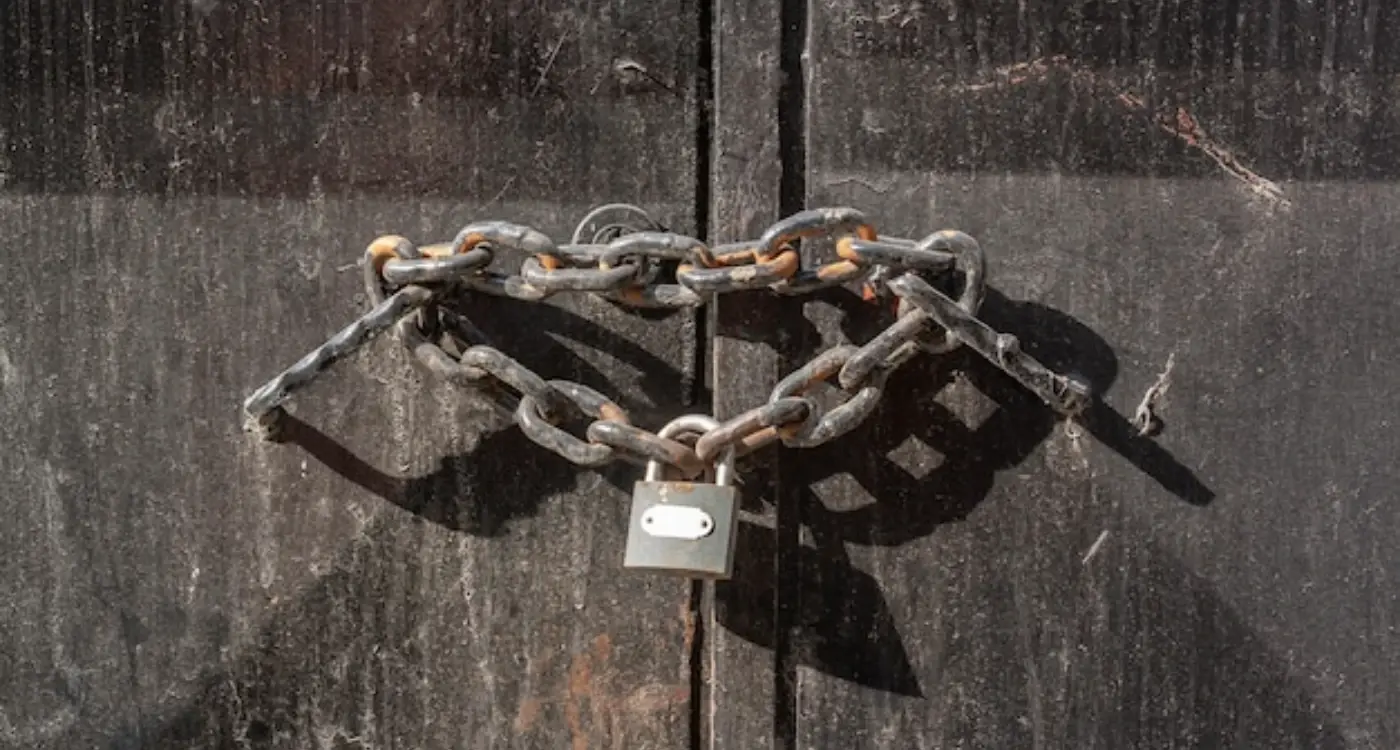How Often Should I Update My App's Security Features?
Every thirty-nine seconds, somewhere in the world, a mobile app gets hacked. That's not a made-up statistic to scare you—it's the reality of our connected world. Your app, whether it's handling customer data, processing payments, or simply storing user preferences, is a target. The question isn't whether you need to update your security features, but how often you should be doing it.
I've watched too many businesses learn this lesson the hard way. One day their app is running smoothly, the next they're dealing with a data breach that could have been prevented with proper ongoing protection. The mobile app landscape moves fast, and so do the threats targeting it. New vulnerabilities are discovered daily, operating systems release security patches, and hackers develop increasingly sophisticated methods to exploit weaknesses.
Security isn't a destination you reach once and forget about—it's an ongoing journey that requires constant attention and regular maintenance
This guide will walk you through everything you need to know about keeping your mobile app secure. We'll cover the warning signs that indicate your app needs immediate attention, how to create a realistic update schedule that won't break your budget, and the different types of security updates you should be considering. By the end, you'll have a clear roadmap for maintaining your app's defences without losing sleep over every new threat that emerges.
Understanding App Security Basics
When I first started building mobile apps, security felt like this mysterious thing that only the technical wizards needed to worry about. Boy, was I wrong! After working with countless clients over the years, I've learned that app security isn't just about protecting code—it's about protecting your users, your business, and your reputation.
Think of app security as the locks on your house. You wouldn't leave your front door wide open, would you? Your app needs the same level of protection. Security covers everything from how user passwords are stored to how your app talks to servers; it's about making sure bad actors can't steal personal information or break your app's features.
What Makes Apps Vulnerable
Mobile apps face threats from multiple directions. Hackers might try to intercept data as it travels between your app and your servers—that's why encryption matters so much. They could also try to reverse-engineer your app's code to find weaknesses or attempt to trick users into entering their details on fake screens.
The tricky part is that security isn't a one-time fix. New threats pop up regularly, and what worked last month might not be enough today. That's why regular security updates aren't optional—they're part of responsible app ownership.
Signs Your App Needs Security Updates
I've learnt over the years that spotting security warning signs early can save you from major headaches later. Your mobile app will show certain symptoms when it's time for security maintenance—and ignoring these signs is like leaving your front door wide open.
User complaints about strange behaviour are often the first red flag. If people report unexpected crashes, slow loading times, or weird pop-ups, something's not right. These issues might seem minor, but they could indicate security vulnerabilities that hackers are trying to exploit.
Technical Warning Signs
Your app's backend metrics can reveal security problems before users notice them. Here are the key indicators to watch:
- Unusual spikes in data usage or server requests
- Failed login attempts increasing dramatically
- Error logs showing suspicious activity patterns
- Third-party library notifications about security patches
- App store warnings about outdated security protocols
External Triggers
Sometimes the trigger for security updates comes from outside your app. New operating system versions, changes in data protection laws, or industry-wide security breaches all signal it's time for ongoing protection reviews.
Set up automated monitoring alerts for your app's security metrics. This way you'll spot problems before they become serious threats to your users' data.
Regular security audits—even when nothing seems wrong—help catch vulnerabilities before they're exploited. Think of security maintenance as preventive care rather than emergency surgery.
Creating a Security Update Schedule
Right, let's get practical about this. After years of working with clients who've learned the hard way—and trust me, there are plenty of those—I can tell you that having a proper security update schedule isn't just good practice; it's what separates the apps that survive from those that don't.
The truth is, most app owners wing it when it comes to security updates. They patch things when something breaks or when they remember to check. That's like locking your front door only when you hear strange noises outside—bit late, isn't it?
Your Security Update Timeline
Here's what I recommend to all my clients, and what we follow religiously at Glance:
- Critical security patches: Within 24-48 hours of discovery
- Regular security reviews: Every 3 months
- Third-party library updates: Monthly checks
- Operating system compatibility updates: As soon as new OS versions are released
- Penetration testing: Every 6 months minimum
Now, I know what you're thinking—that sounds like a lot of work. And you're right, it is. But here's the thing: one security breach can cost you far more than regular maintenance ever will. I've seen apps lose thousands of users overnight because they didn't keep up with basic security updates.
The key is building this into your development cycle from day one, not treating it as an afterthought.
Types of Security Updates to Consider
When it comes to mobile app security updates, there are several different types you'll need to think about—and honestly, it can feel a bit overwhelming at first. The good news is that once you understand the main categories, planning becomes much easier.
Authentication updates are probably the most common type you'll encounter. These might include strengthening password requirements, adding two-factor authentication, or updating how your app handles user login sessions. I've seen too many apps get caught out because they didn't update their authentication methods regularly enough.
Data Protection Updates
Your app's data encryption methods need regular attention too. As new encryption standards emerge and older ones become vulnerable, you'll need to update how your app stores and transmits sensitive information. This includes everything from user passwords to payment details and personal data.
Regular security updates aren't just about fixing problems—they're about staying ahead of potential threats before they become real issues for your users
Third-Party Integration Updates
Don't forget about the external services your app connects to. Payment processors, social media platforms, and analytics tools all release their own security updates. Your mobile app maintenance schedule should include checking these integrations regularly to make sure they're all running the latest secure versions—this ongoing protection approach will save you headaches down the road.
Best Practices for Mobile App Maintenance
After years of maintaining apps for clients big and small, I've learned that security updates are just one piece of the puzzle—you need a proper maintenance strategy that keeps everything running smoothly. Think of it like servicing your car; you wouldn't just check the brakes and ignore the engine, would you?
Regular maintenance goes way beyond security patches. You'll want to monitor your app's performance metrics, fix bugs that users report, and keep your code libraries up to date. I always tell my clients that maintenance isn't glamorous work, but it's what keeps users happy and coming back.
Key Maintenance Activities
- Monitor crash reports and fix critical bugs within 24-48 hours
- Update third-party libraries and dependencies monthly
- Review app store ratings and respond to user feedback
- Test your app on new device models and operating system versions
- Back up your app data and code regularly
- Check your app's loading speeds and optimise where needed
One thing I've noticed is that apps with regular maintenance schedules tend to have better user retention rates. Users can tell when an app is well-maintained—it feels responsive, works reliably, and doesn't crash unexpectedly. Set aside time each month to review your app's health; your users will thank you for it.
Testing and Monitoring Your Security
Right, so you've got your security updates sorted and you're following a proper maintenance schedule—but how do you actually know if everything's working? This is where testing and monitoring come into play, and trust me, it's not as scary as it sounds.
Think of security testing like checking your car's brakes before a long journey. You wouldn't just assume they're working; you'd test them to make sure. The same goes for your mobile app's security features. Regular penetration testing (sounds dramatic, but it's just professionals trying to find weak spots) should happen at least every six months, though quarterly is better if you can manage it.
Real-time Monitoring Tools
I always tell my clients to set up monitoring tools that watch their app 24/7. These clever systems can spot unusual behaviour—like someone trying to access user data they shouldn't—and alert you immediately. Most good monitoring tools will send you notifications when something looks dodgy, so you can act fast.
Set up automated alerts for failed login attempts, unusual data access patterns, and any changes to your app's security settings. This way, you'll know about problems before they become disasters.
User Feedback Matters
Don't forget about your users! They're often the first to notice when something's not right. Keep an eye on app store reviews and support tickets for any mentions of security concerns or strange behaviour. Sometimes users spot things that even the best monitoring tools miss.
The key is staying proactive rather than reactive. Regular testing and ongoing protection through monitoring means you can catch issues before they affect your users—and that's what good mobile app maintenance is all about.
Conclusion
Security updates aren't something you can set and forget—they need regular attention just like any other part of your app. I've watched too many developers learn this the hard way when their apps get compromised because they thought monthly updates were enough, or worse, they only updated when something went wrong.
The truth is, there's no magic number for how often you should update your app's security features. Some apps need weekly attention, others can manage with monthly reviews. What matters is staying consistent and responding quickly when threats emerge. Your update schedule should match your app's risk level, user base, and the type of data you're handling.
Keep monitoring your app's security health, test every update properly, and don't wait for problems to appear before taking action. The cost of prevention is always lower than the cost of recovery—both in terms of money and your users' trust.
Building secure apps isn't just about following rules; it's about protecting real people who rely on your software. When you make security updates a priority, you're not just protecting data—you're showing your users that their safety matters to you.
Share this
Subscribe To Our Learning Centre
You May Also Like
These Related Guides

How Can You Future-Proof Your Mobile App's API Security?

How Do I Secure My App's API From Unauthorised Access?



